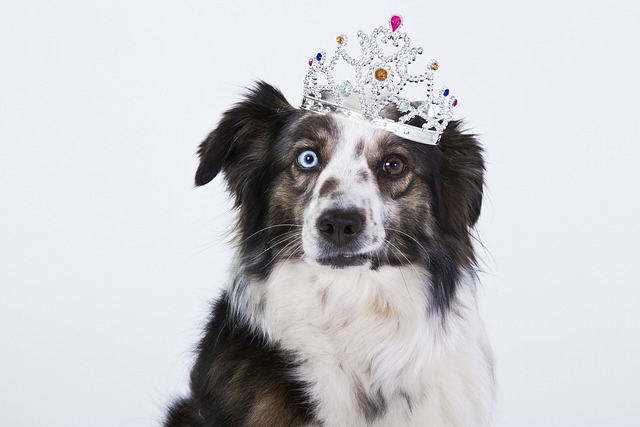
Should I give my dog vitamin supplements
If you’ve ever stood in the pet store aisle, staring at bottles of dog vitamins labeled “immune support” or “shiny coat,” you might’ve wondered if your pup really needs them.
Finding your dog suffering from heat stroke is terrifying, but your quick actions can be a lifesaver. Unlike humans, dogs cool down primarily by panting, and when the mercury rises too high, they’re at serious risk. Knowing how to respond immediately makes all the difference between a close call and a tragedy.
First, get your dog out of the heat. Whether they collapsed in the backyard, car, or during a walk, move them to a shaded, air-conditioned area—your garage with a fan or a cool basement works. Avoid using ice-cold water; it can send their body into shock. Instead, run cool (not cold) water over their paws, belly, and neck. You can also wet a towel and drape it over them, making sure to change it frequently as it warms up.
Check your dog’s gums. Healthy gums are pink; if they’re pale, bright red, or blue-tinged, it’s a sign of distress. Open their mouth carefully and check for excessive drooling, dry mucus membranes, or foam. These symptoms mean they need immediate help. While cooling them down, call your vet or an emergency animal hospital. Many regions have 24/7 pet emergency clinics, and it’s crucial to know the nearest one in advance—keep their number saved in your phone.

Never leave your dog unattended during this process. Even if they seem to improve, heat stroke can cause internal organ damage that isn’t immediately visible. If your dog is vomiting, having seizures, or unresponsive, try to keep them calm and stable until help arrives. In some public spaces, like parks or outdoor cafes, staff might have emergency cooling mats or first aid kits—don’t hesitate to ask for assistance, but always respect local regulations about pets in these areas.
It’s important to note that leaving a dog in a parked car, even with the windows cracked, is illegal in many places. Temperatures inside a vehicle can skyrocket in minutes, making it a death trap. If you witness a dog in distress in a car, call local animal control or the police immediately. In most communities, bystanders have legal protection to break a car window to save an animal in danger, but document the situation with photos first and wait for authorities.
After your dog recovers, monitor them closely. They may be more prone to heat-related issues in the future. Adjust their outdoor activities to cooler times of the day, and always carry a collapsible water bowl and extra water, especially during hikes or walks. Remember, prevention is key: never underestimate the power of heat, and always prioritize your dog’s safety over convenience.
Dealing with heat stroke is a scary experience, but with knowledge and quick thinking, you can protect your furry family member. By sharing these tips with other pet owners and advocating for responsible pet care, you’ll help create a safer environment for all dogs.

If you’ve ever stood in the pet store aisle, staring at bottles of dog vitamins labeled “immune support” or “shiny coat,” you might’ve wondered if your pup really needs them.

If you’ve ever thought about swapping your dog’s kibble for something homemade, you might’ve worried: “Will I get the nutrients right?”

If you’ve ever watched your dog tilt their head like they’re confused, or scratch at their ear until they whimper, you might be seeing signs of an ear infection.

Golden Retrievers, with their lush coats and playful spirits, often steal hearts in parks and homes alike. But that same thick fur that makes them so cuddly can sometimes be a double-edged sword when it comes to skin health.

If you’ve ever left a friend’s house with a dog and spent the next hour sneezing, your eyes red and watery, you’ve probably wondered when the discomfort will end.

If you’ve ever watched your dog scratch until their skin turns red, or noticed them licking their paws raw after a walk, you’ve probably wondered what’s causing their discomfort.